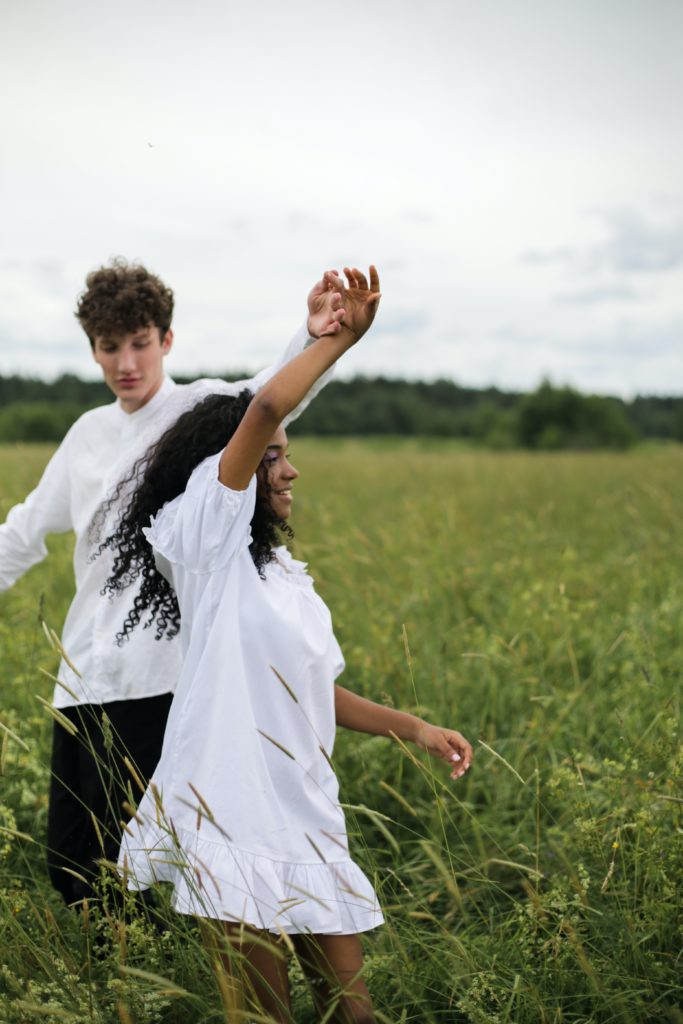
Bolero is a slow, graceful and romantic Latin dance characterized by gliding steps, large flowing arm movements, subtle hip motion and a close dance hold.
Bolero is a mixture of three different dances: rumba, waltz (rise and fall), and tango (contra body movement).
Athough bolero and rumba are similar and share many figures in common, bolero differs from rumba in its slower tempo and large grander style of movement.
Bolero is danced to the slowest tempo of rumba rhythms, between 96 to 120 beats per minute. The music for Bolero is written in 4/4 time and is counted slow-quick-quick (SQQ).
Examples of Bolero songs:
- Jose Feliciano- Senor Bolero
- Celine Dion- My Heart Will Go On
- Jennifer Lopez- Should’a Never
- Amy Grant- I Will Remember You
- Diana Ross, Lionel Richie- Endless Love
The very slow large side step and rise and fall, which is accomplished through the body and leg rather than the feet and ankles, requires a dancer of Bolero to have good control and balance to execute steps smoothly.
Bolero History:
Bolero has its roots in Spain and Cuba and in two forms of Rumba – Bolero rumba and son rumba. In Cuba bolero music was composed with a slower rhythm than the rumba. Bolero soon became popular throughout Mexico and Latin America and then arrived in the United States by the late 1920s to early 1930s. It eventually became one of the American Latin style competition dances.
Contact The Dancing Duo today about Bolero Lessons! Also check our calendar to see if this is currently being taught!






